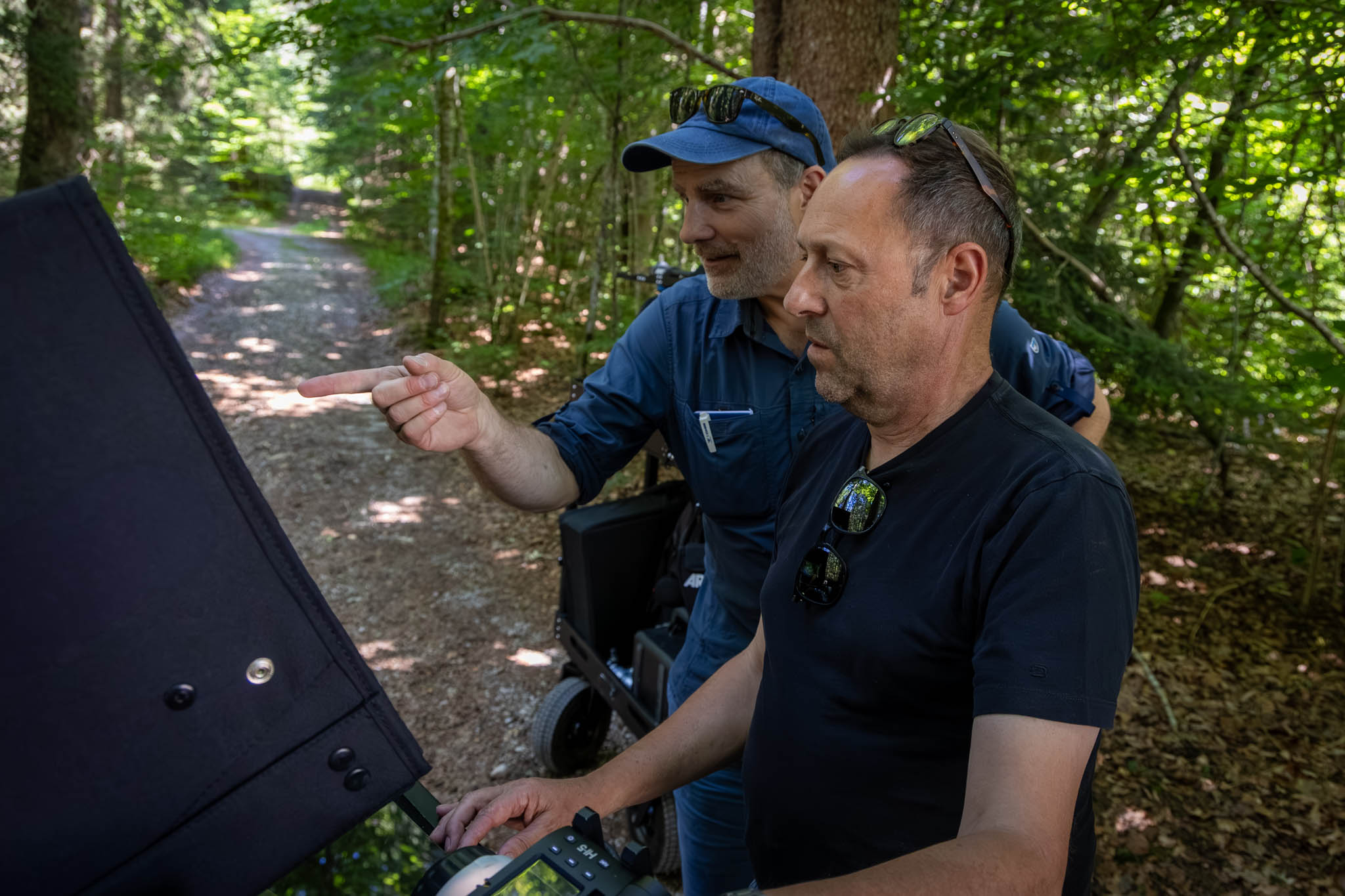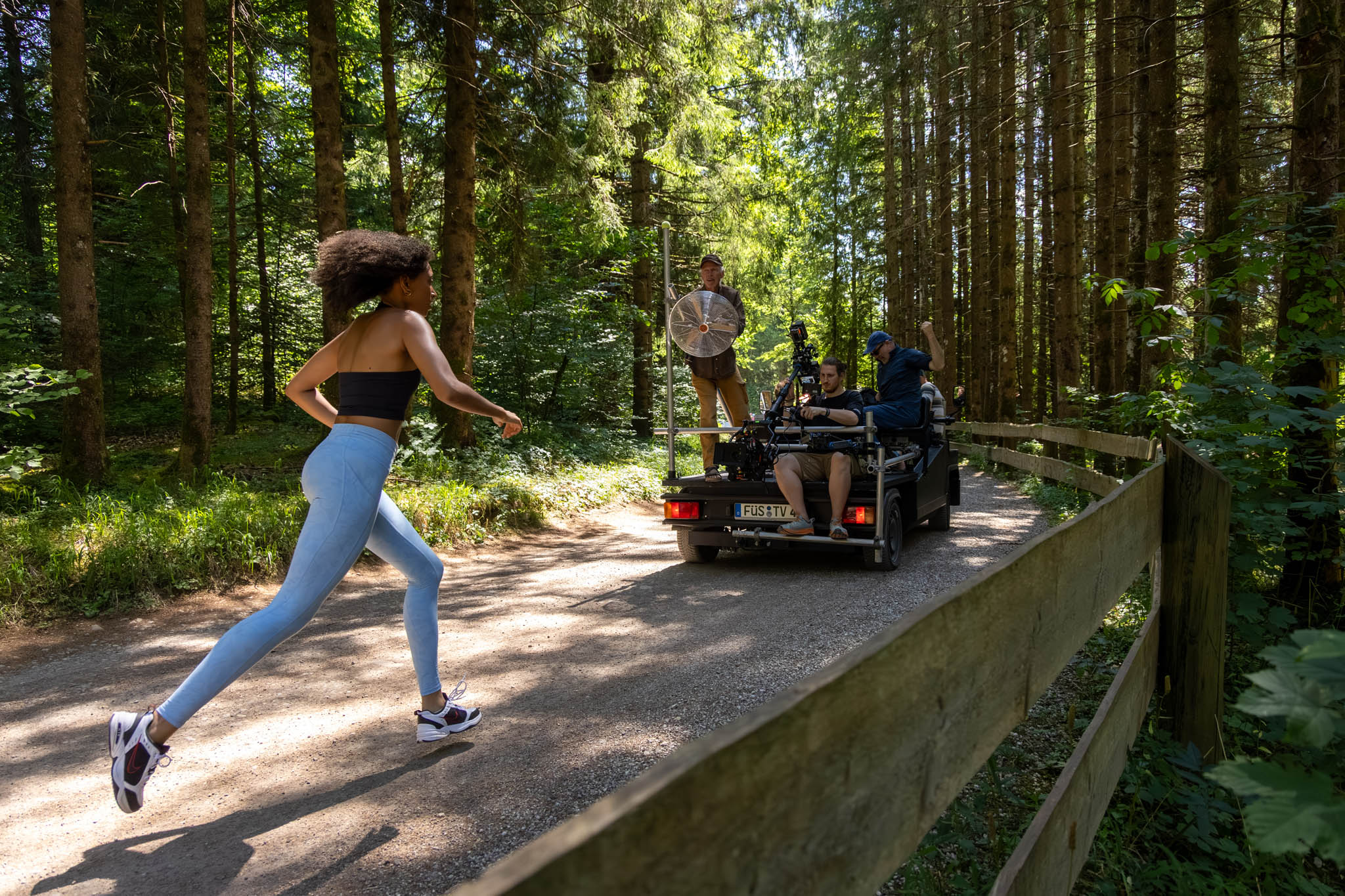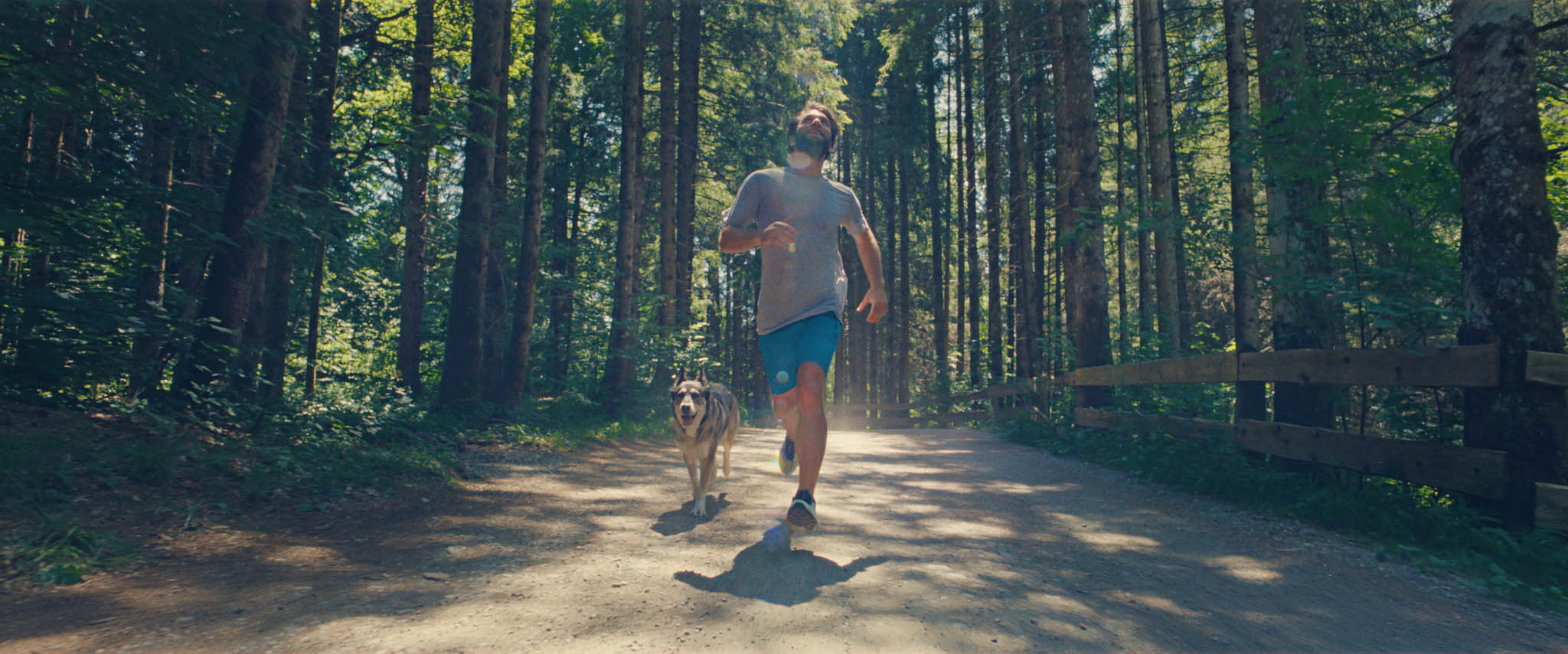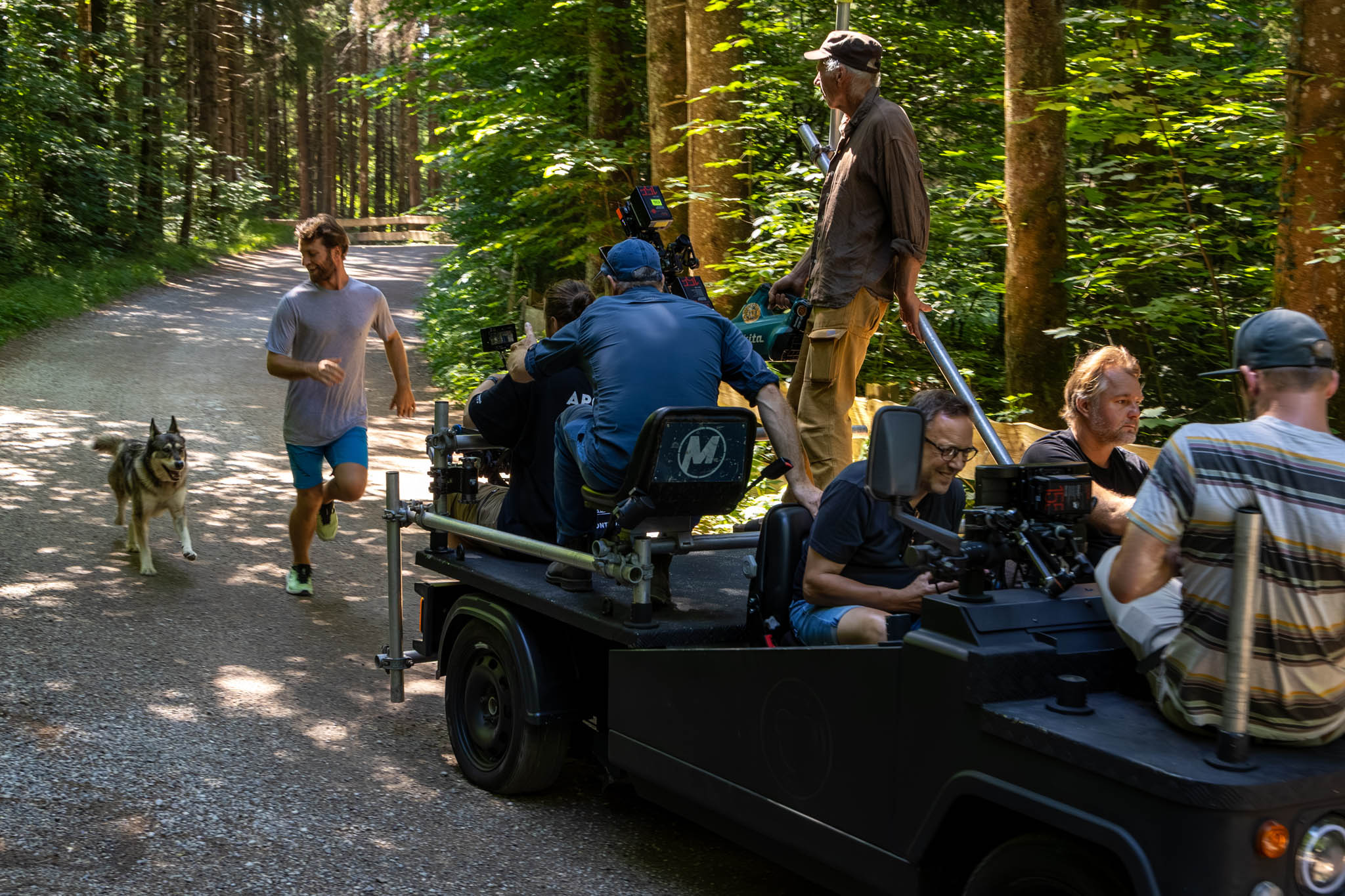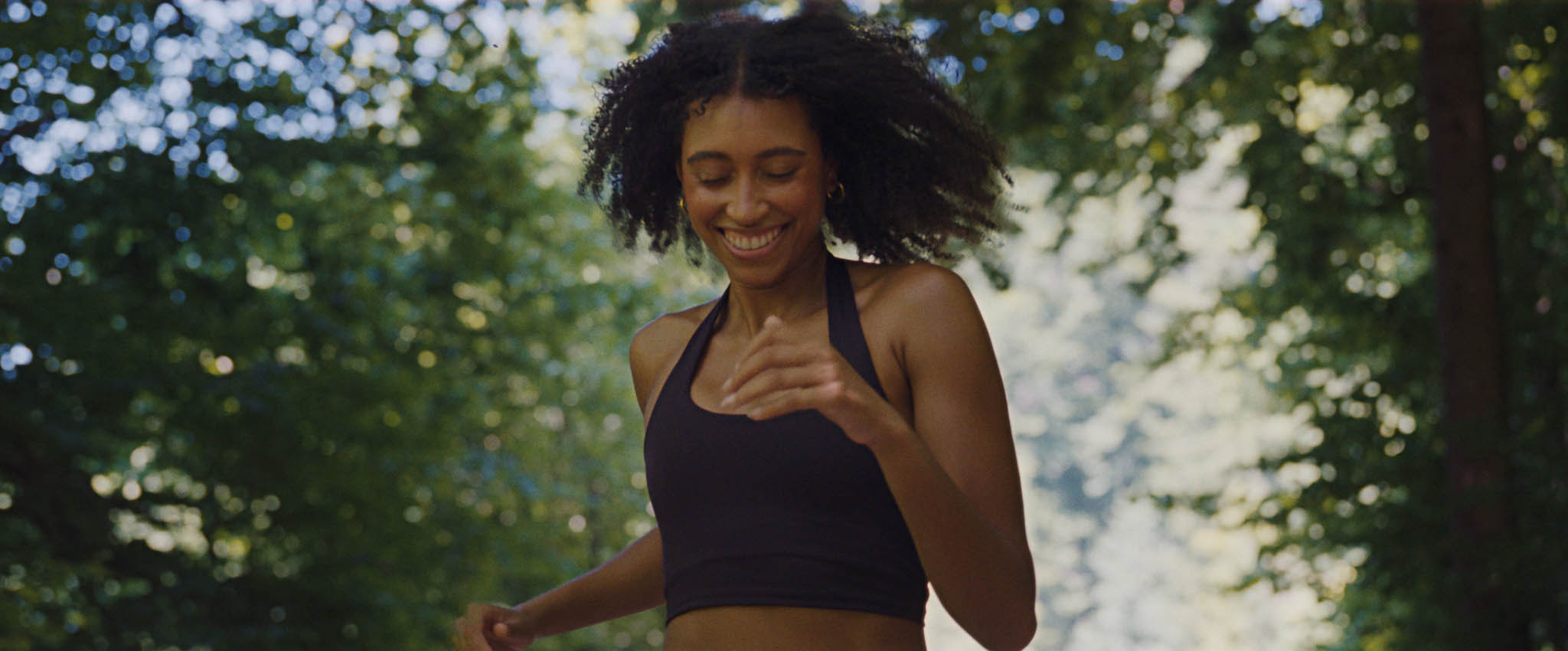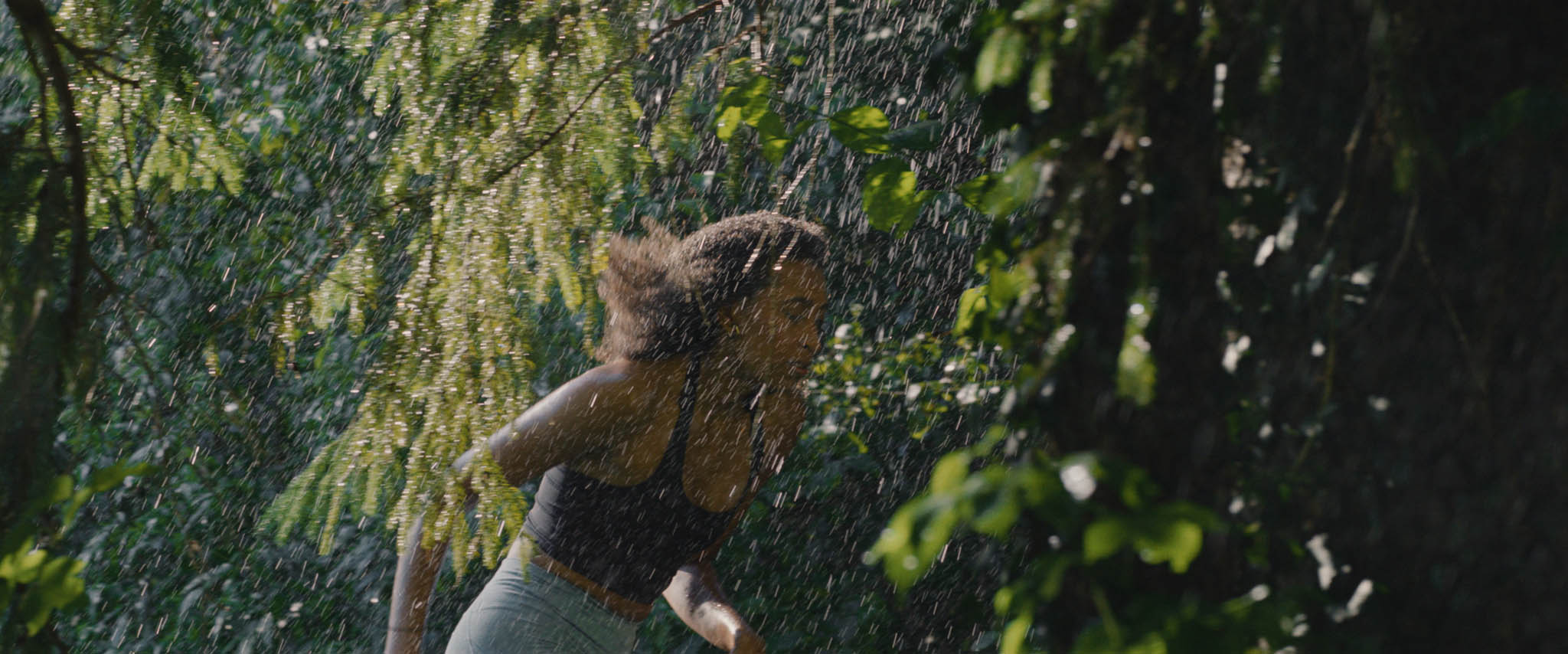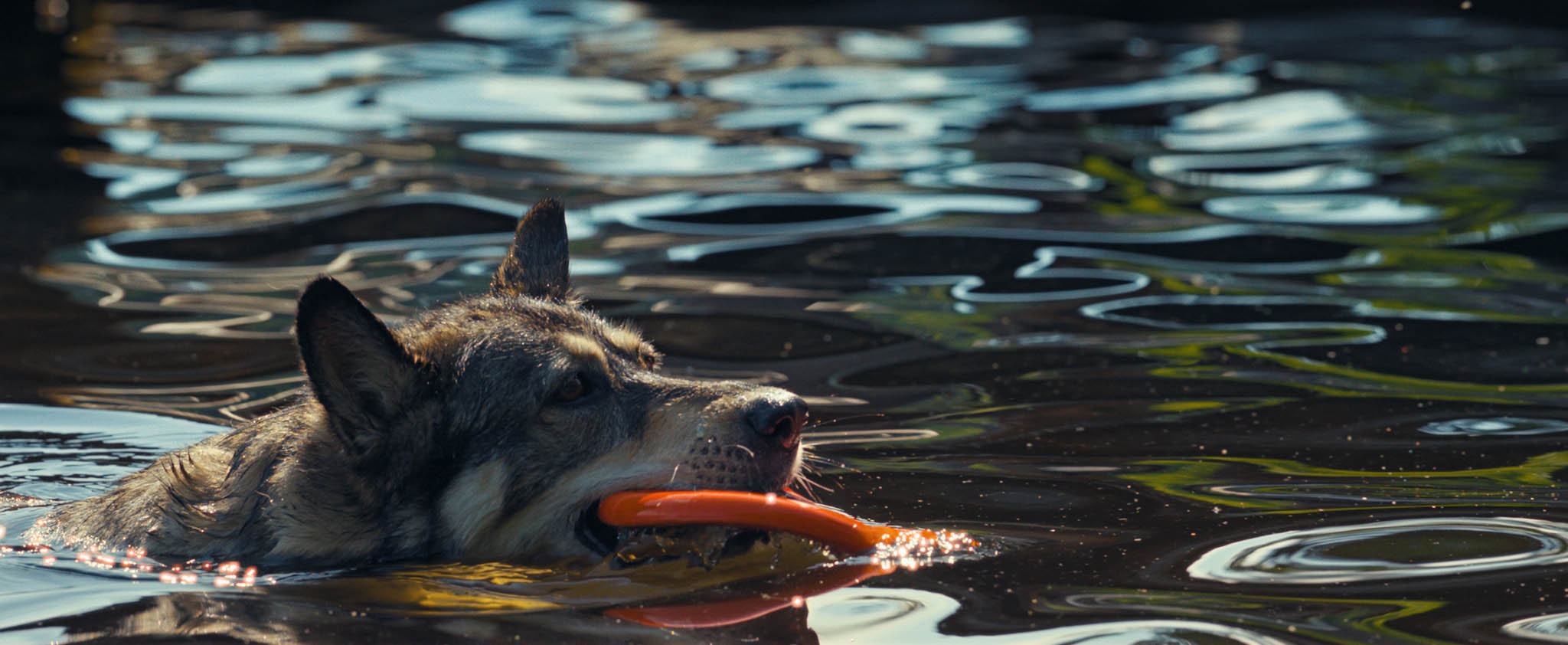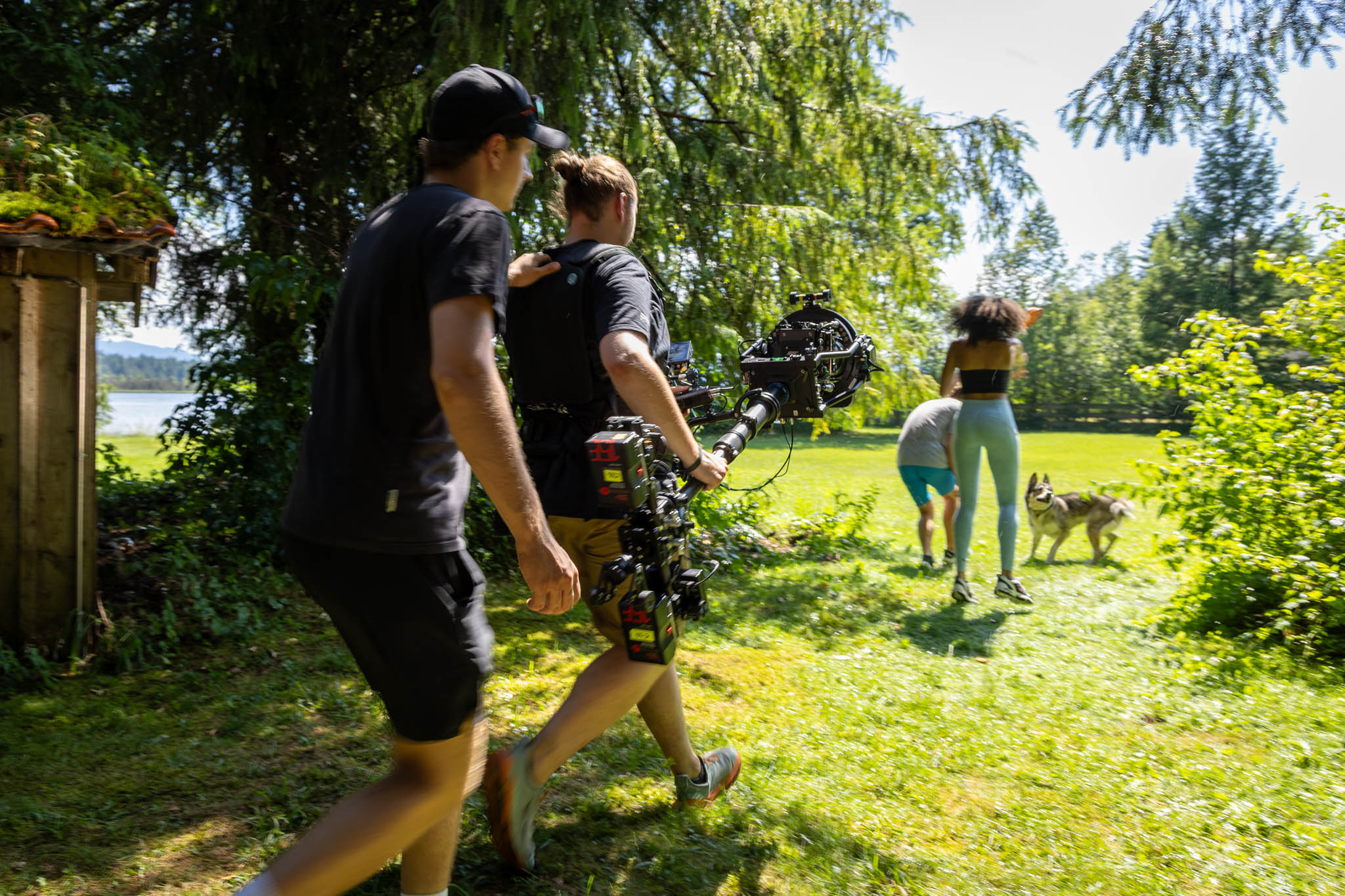Stijn Van der Veken, ASC, SBC was one of the first people to try ARRI’s new ALEXA 35 Xtreme with the new ARRICORE codec and higher slow motion speeds. His credits include Rogue Heroes, Outlander, Four Weddings and a Funeral, etc.
Jon: Let’s begin with a few leading, rhetorical questions. Once upon a time, not so long ago, in the “old” analog film days, we basically had a studio camera and we then we used a specialized high-speed camera. “What’s wrong with that,” some might ask. “Why have an ALEXA that does everything?”
Stijn Van der Veken, ASC, SBC: Well, there really isn’t a high-speed camera that performs as well as the ALEXA 35. The dynamic range of some high-speed cameras is much smaller, so you wouldn’t want to mix them too much with an ALEXA 35.
Some of these specialized high-speed cameras require an extra technician. Also, they have a different color space, which is not unsolvable in grading these days. But the dynamic range is a bit of an issue for me, especially in the highlights.
When did you test the new ALEXA 35 Xtreme cameras for your short After The Rain?
We shot on July 1 at a nature reserve an hour south of Munich towards the Austrian border.
How big a crew did you have?
It was a small crew: an ARRI TRINITY operator with his assistant, a focus puller, a grip with an electrical tracking vehicle, one special effects technician, a gaffer, makeup/hair, production coordinator, the director, myself as DP and support people from ARRI. That’s basically it.
Please describe the concept of the film.
The idea is having two people running in a forest, a man and a woman. The man has a dog. It begins raining. They each take shelter under the roof of a small hut. Then the summer rain shower stops. They run towards a lake and connect a bit more. He throws a Frisbee into the water and the dog jumps in. They hug and smile. We see a lot of facial expressions. It’s a basic story, but it was a way of showing movement, faces, slow motion, dynamic range and ARRICORE.
What lenses were you using?
We had Signature Primes, from 12mm to 280mm.
What was your maximum frame rate?
Our maximum was 240 fps. We were in a 2.39:1 sensor mode at 4K UHD. But a lot of it was done at 150 fps, which we found as a good speed to read the actors’ emotions, to reveal their facial expressions without slowing it down excessively.
What did you think of ARRICORE, the new codec? More speed, less data?
It went very well and was difficult for me to see any difference in quality between ARRICORE and ARRIRAW. But it reduces the amount of data massively. Since it’s still in beta, ARRICORE was transcoded to ProRes 4444 XQ and graded in DaVinci Resolve.
DIT?
We had two guys from ARRI. I used my own LUT, developed with my colorist at Molinare in London and the one I usually apply. It’s a gentle Log C 4 show LUT that doesn’t crush the blacks and doesn’t kick up the colors. It’s actually like the old sensitometric curve from a negative film stock. It has a nice roll off on the top so I can see everything, and we can work from there. It does not bake into the ARRICORE file.
Were you viewing the action on a monitor or operating?
I was viewing on a SmallHD Vision 24” 4K monitor and setting exposure by eye. The operating was mostly done by our TRINITY operator, and I was watching with the director. We did quite a few replays to see the results. The great thing was that we could play back immediately, straight from the camera, even at 240 fps.
The camera assistants replayed wirelessly, controlling the camera directly with an ARRI Hi-5 Hand Unit. They could fast forward, play, “rewind” and skip to the next clip. I was pleasantly surprised that it didn’t take any rendering time or any delay. That’s amazing. Real time play back at 240 fps. The camera assistant just pushed a button on the Hi-5 and the camera started replaying.
It was very helpful because we had to experiment with our frame rates as we went along. After a few takes, we saw that 150 fps looked like a good speed for certain scenes. In former times, you usually had to offload the data to have a proper replay.
Why 2.39:1 (widescreen, spherical) sensor mode?
Because I wanted to go up to 240 fps. In Open Gate, maximum frame rate is 120 fps. (The taller the sensor height, the longer it takes to read out, and the slower the top speed.)
Would you ever go into Sensor Overdrive, up to 660 fps?
In a controlled environment such as a studio space or a tabletop situation, I could do that. But on this job, we were going from full sun backlight, white clouds, mountains in the background with snow and benefitting from the 17 stops of dynamic range. Sensor Overdrive gives you 11 stops of dynamic range. You may be satisfied with that, remembering back to the analog film days. As a DP, you know what you’re doing, and you can make that decision. You know what to control. But we got so spoiled with ALEXA 35’s 17 stops of digital dynamic range. Imagine you have a car with reflections and you switch to 660 frames, then the reflections may be clipped. So that’s something you need have under control. But if it’s a drop of coffee in a cup or chopped vegetables on the plate, that’s full control.
What about stunts at 660 fps, where if quickly cut, maybe clipped highlights are less important?
It depends how many highlights you have. If you are within an 11 stop range, then you can just cut it in, because the color space doesn’t really change. It’s just the dynamic range that changes.
You had a rain machine on After The Rain?
The Special Effects crew pumped water from the lake to three rain towers. We also added a bit of breeze on the actors with fans.
Did you have a dog wrangler?
No, Jacob, the actor, brought his dog. They both were so natural. Especially when the dog jumps in the lake in slow motion.
TRINITY wrangler?
For many of the running shots, the TRINITY was hard-mounted to an electric vehicle. We did a couple of runs mounted in front and then in the back. The advantage of the TRINITY was that we could go straight down almost to the deck when the dog was coming in, and then quickly move up to the actors’ faces. It is a fantastic tool for running shots.
Tripod?
We used a tripod for the shot towards the end where the dog is running in slow motion along the dock and jumps into the water.
We put the tripod in the lake, with a second ALEXA 35 Xtreme camera at 240 fps and a 180mm lens, operated by Sean Dooley.
We were in a good position. The sun was full backlit at that point, and we hoped the dog would jump in. The first time he didn’t want to jump; he stopped at the edge of the dock. But then the second time he jumped. We did three more takes and the dog jumped in three times. And each time he shook his fur.
240 fps is a magical frame rate.
It’s a simple story, uncomplicated, not technical. We all know what chopped vegetables look like when they drop on a cutting board at 240 fps, and we all know what happens when you a burst a water balloon, but this is another and very practical use of the camera. Maybe you don’t need to go all the way to 240 fps, but you have that option without dialing down your resolution. You don’t have to reboot the camera. Changing frame rates is quick and easy. You just dial it in. In fact, I have my own ALEXA 35, and I’m going to upgrade it to Xtreme. It becomes more versatile.
Credits
- Stijn van der Veken, ASC, SBC – DP
- Jan Matthys – Director
- Henning Rädlein – Head of Project
- Simone Eigl – Line Producer
- Georg Lanz – 1st AC
- Adrian Grbac – Trinity Operator
- Stefan Hummel – Grip/tracking vehicle
- Kai Giegerich – Gaffer
- Andreas Knorpp – SFX
- Lukas Linner – ARRI support, DIT
- Sean Dooley – BTS Video
- Elias Maria – ARRI support
- Laura Rys – ARRI support
- Leonie Wilfer – Hair & Make Up
- BTS Stills: Henning Rädlein
- Framegrabs courtesy of ARRI

